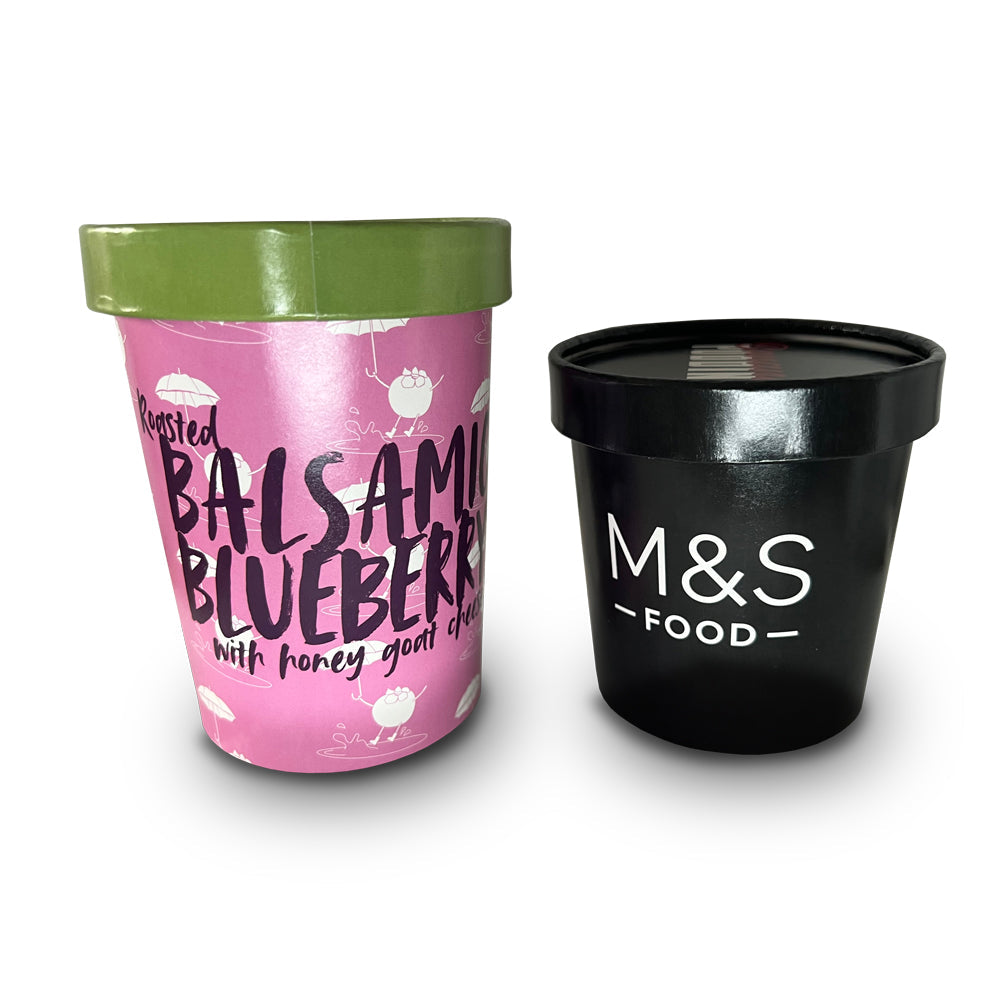The Art of Pouch Design A Perfect Blend of Functionality and Aesthetics
In today’s fast-paced world, where convenience often reigns supreme, the demand for innovative packaging solutions has soared. Pouches have emerged as a popular choice across various industries, from food and beverage to cosmetics and pharmaceuticals. The design of pouches not only serves functional purposes but also plays a crucial role in marketing and branding. In this article, we will explore the multifaceted aspects of pouch design, delving into its benefits, materials, and trends that are shaping the industry.
The Rise of Pouches in Packaging
Pouches have become an integral part of packaging due to their versatility and numerous advantages. Unlike traditional rigid containers, pouches are lightweight, flexible, and cost-effective. They require less material, which not only reduces production costs but also minimizes environmental impact. This sustainability aspect is becoming increasingly significant as consumers become more eco-conscious.
Another compelling feature of pouches is their ability to preserve product freshness. With advancements in technology, modern pouches can be equipped with advanced barrier properties that protect contents from moisture, light, and oxygen, ensuring longer shelf life. This is particularly vital in the food industry, where maintaining freshness and quality is paramount.
Key Elements of Pouch Design
When it comes to pouch design, several key elements must be taken into consideration. First and foremost is functionality. The pouch must effectively serve its intended purpose, be it packaging snacks, liquids, or powders. Features such as resealable closures, spouts, and pourable designs enhance user convenience and drive repeat purchases.
Next, aesthetics play a significant role. The visual design of a pouch can make a substantial impact on consumer perception and brand recognition. Creative graphics, vibrant colors, and eye-catching fonts can attract attention on crowded shelves, making the product stand out. Additionally, branding elements such as logos and slogans help establish a brand identity.
pouches design

Material selection is another crucial factor in pouch design. Common materials include polyethylene, polypropylene, and laminated options that provide the necessary barrier properties while allowing for vibrant printing. Eco-friendly materials, such as biodegradable films and recyclable options, are gaining popularity as brands strive to align with sustainable practices.
Trends in Pouch Design
As technology and consumer preferences evolve, so do the trends in pouch design. One of the notable trends is the increasing demand for stand-up pouches, which provide stability and ease of use. They are not only functional but also visually appealing, as they allow for larger graphic areas that can effectively convey the brand message.
Customization is another trend that has gained momentum. Brands are increasingly looking to differentiate themselves through unique shapes, sizes, and finishes. Options such as matte or glossy finishes, window cut-outs for visibility, and unique closures offer brands the opportunity to create eye-catching packaging that resonates with consumers.
Sustainability continues to be a driving force in pouch design. Brands are actively seeking sustainable alternatives to traditional plastics, such as plant-based materials and compostable films. This shift not only meets consumer demand but also reflects a brand's commitment to environmental responsibility.
Conclusion
The design of pouches encompasses a perfect blend of functionality, aesthetics, and sustainability. As a versatile packaging solution, pouches cater to the needs of both brands and consumers, offering convenience, protection, and an opportunity for creative expression. As trends continue to evolve, the pouch industry demonstrates a commitment to innovation and sustainability, ensuring that this packaging format remains relevant and widely embraced. In a world where packaging plays a pivotal role in consumer choices, the art of pouch design will undoubtedly continue to thrive, shaping the future of how products are presented and protected.



